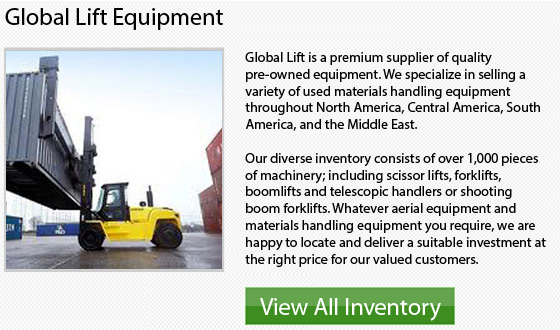
Peiner's Trager GmbH represents steel, technology and an all-inclusive delivery program in the Salzgitter Group. This specific section specializes in successful development for special steel and purposes.
I-shapes were rolled out in Peine ever since 1876. The Peine beam, a parallel wide-flange-beam, known across the world as "Peiner Trager" was developed here, and for the very first time, was patented and presented during the year 1914.
The production of the companies beams have been permanently improved, adjusted and optimized to suit the needs of each and every client.
Peiner has proved to be a beneficial and reliable partner. They provide a huge variety of pre-fabrication work up to the finishing and supply of ready-to-assemble constructions for bridge-building, steel structures and production unit building needs.
The company offers state-of-the-art processes and installations. The punctuality and dependability of the company is ready to become the competent partner for stockholders and fabrication and assist customers.
The following services give both final investors and fabricators the best assistance for distinct cost reduction and high competitiveness. These services comprise supply of ready-to-assemble construction units, reduction lead times, reduction of handling and addition of the capacities of steel-fabricators.
Steel is an attractive quality, high quality product that is used in lots of industries. Steel is usually used in the construction and automotive industries due to its tailor-made product properties and extreme versatility. Steel is an environmentally friendly material and is suitable for recycling.
Scrap metal in the hundreds of tons is capable of being melted down into molten steel. A DC electric arc furnace could finish the procedure in less than 40 minutes. After the molten steel has been homogenized, it is analytically refined in a downstream ladle furnace process. The second step involves the refined steel being subsequently cast in a 6 strand continuous bloom casting plant so as to form charging material. A vacuum plant is accessible for specific needs, so as to set low hydrogen and sulfur contents.
In Salzgitter and Peine, the charging material is then rolled to form sectional items on 2 effective and modern rolling mills. This is done by using the universal rolling procedure.